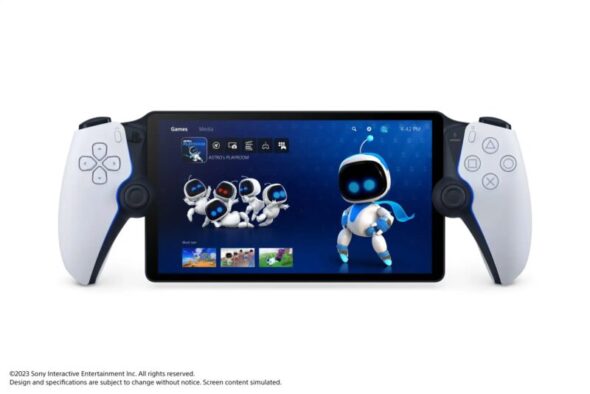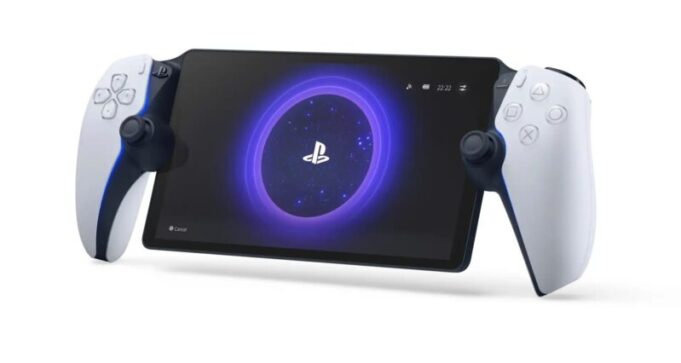When Sony PlayStation’s handheld device, PlayStation Portal, launched in early November, consumers flocked in droves to secure the possibility of taking PS5 games on the go for around $200. Since it’s launch the PlayStation Portal has been divisive to say the least.
Starting with the build, look, and feel of the device you’ll be happy to know the response is positive. The design is sleek mirroring the look of the PS5 Dualsense controller. Though the screen is an 8′ LCD outputting 1080p at a consistent 60FPS instead of the superior OLED, it’s bigger than both the Nintendo Switch screen and the Steam Deck. While it’s lighter than both those devices, it never feels too fragile. It’s not recommended that you drop it or be neglectful with the Portal but I’ve had it fall off my couch and coffee table a few times now and it has not sustained significant damage.

Performance is a tale of two cities when it comes to PlayStation Portal’s value to you. On a full charge the battery lasts about eight hours on most of the games I’ve tried out including Marvel’s Spider-Man 2. The rest of its performance depends on what you intend to use it for. Much of the cost cutting measures of the PlayStation Portal really limit it from being a truly portable device. The LCD screen never gets bright enough to play outdoors. While it’s remote play feature is more stable than that of the old PS Vita to PS3/4 connection, I found more frame drops and visual stutter to games when I was playing from a hotel on trips. It’s also hindered by only being able to connect to the Pulse Explore earbuds. As of writing this, no other bluetooth earbuds have been able to connect to the device. There’s also connecting to internet on the road itself. I could only get the device to connect to open internet connections at hotels and coffeehouses. Anytime connecting required me to utlize a web page it was game over as the PS Portal has no internal web browser. To connect at my hotel, I had to look up a bunch of youtube videos on how to bypass the lack of browser something that’s not consumer friendly to say the least.
If you plan on using the PS Portal as a second home screen when kids or a partner wants the television, it’s a solid purchase that improves upon Sony’s previous attempts at remote play by leaps and bounds. It’s simple to connect it to your PS5, requiring very little setup and when you’re connected to the same network as your console there’s very little lag or latency issues.
Ultimately the PlayStation Portal’s worth is in how you intend to use it. The home bodies looking for a way to keep their gaming going when the 50′ isn’t available are going to absolutely love PlayStation Portal. If you’re looking for something that’s more powerful than a Nintendo Switch but not as complicated as PC gaming on Steam with portability the PS Portal isn’t the new killer hardware. With just a few upgrades in screen and usability features it could be a cloud based juggernaut, it’s just not there. yet.


















